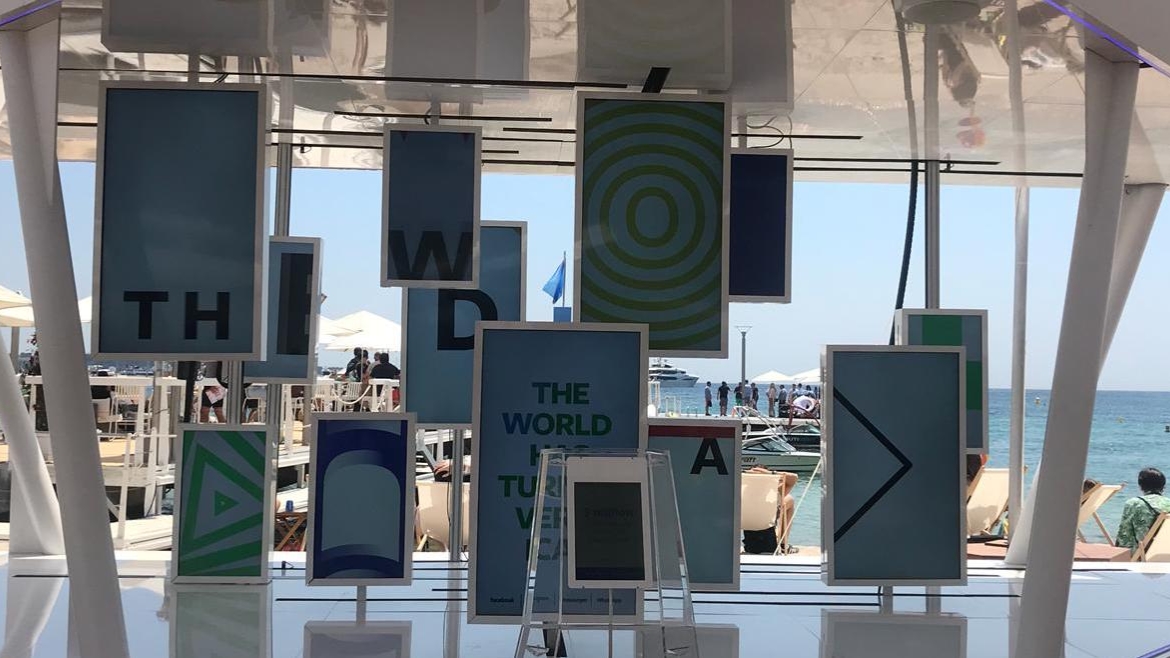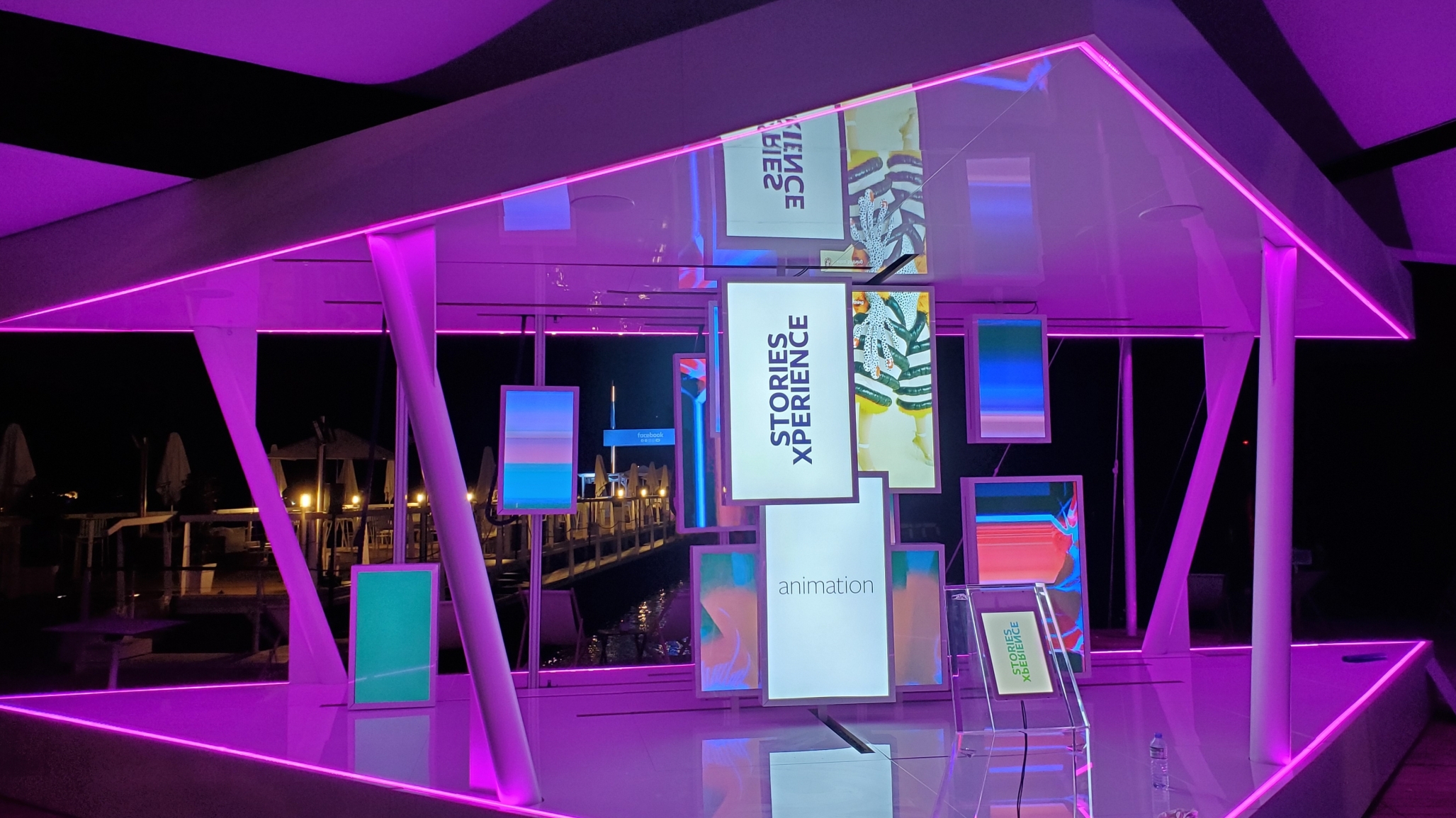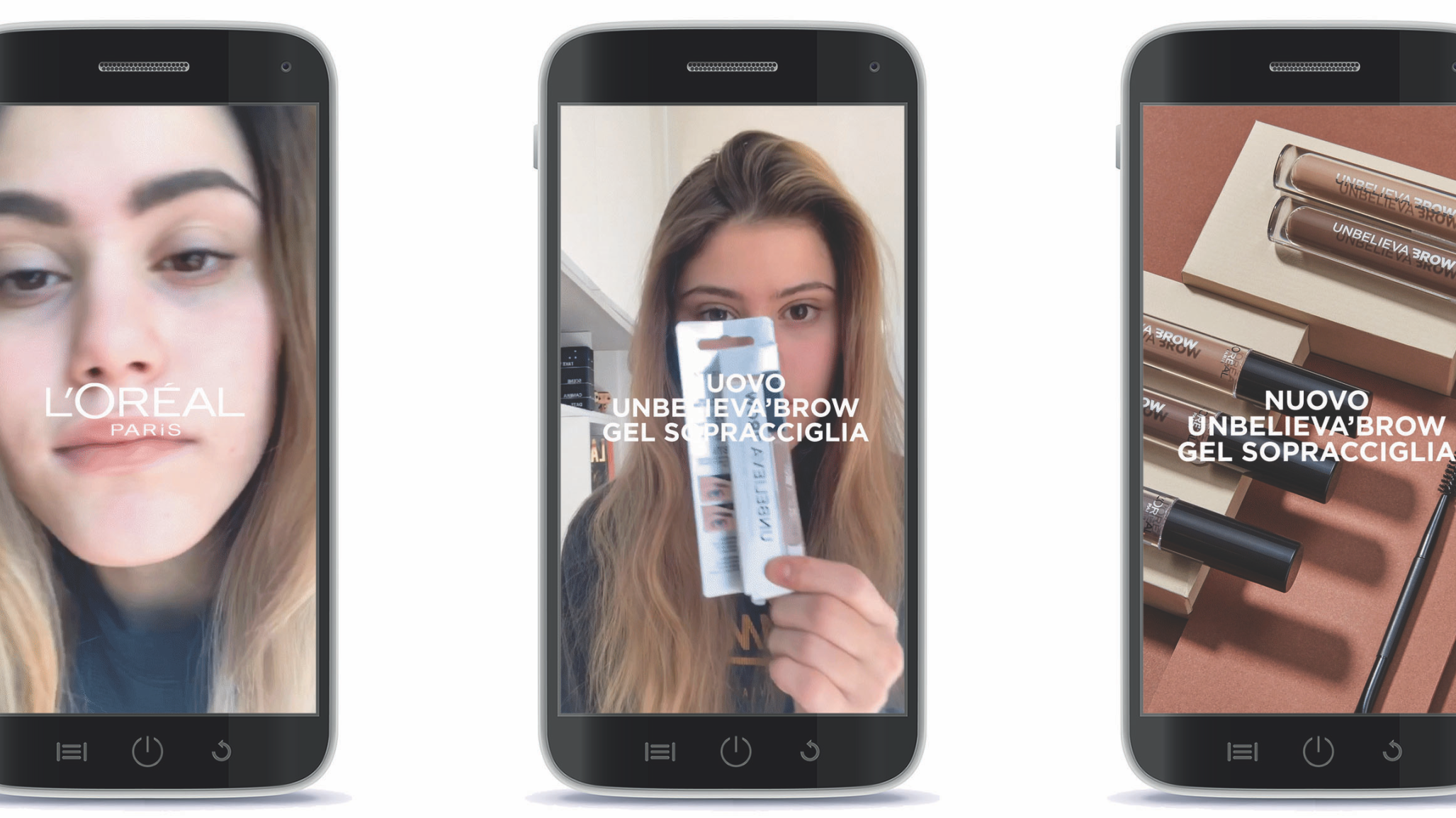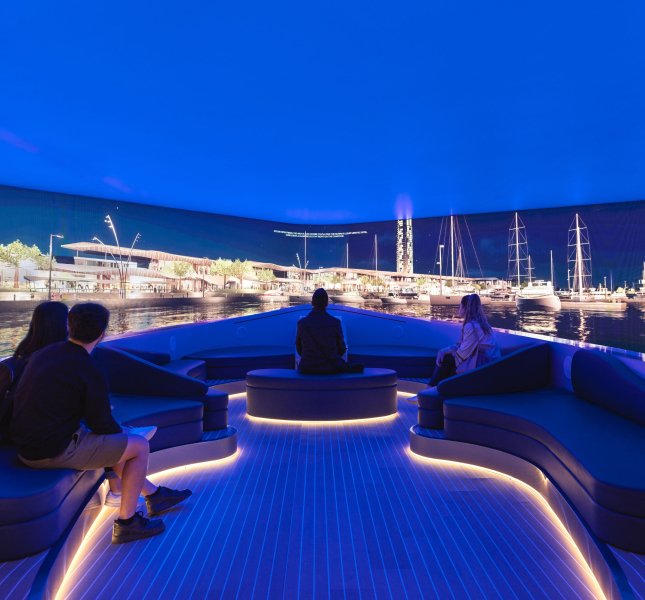Fast-Forwarding Through Feeds, Consumers Pause for Shoppable Video
Video content is compelling to users that have flocked to visual social platforms like Instagram, Snapchat and (more recently) TikTok. And after Instagram began to offer features that link content directly to the point of sale, video has captured renewed interest for brands and marketers as well.
Shoppable video has caught on with brands and consumers as social networks like Instagram have aimed to support consumers in not only discovering products within the platform but in making purchases as well. In “The Forrester Tech Tide™: Video Technologies For Customer And Employee Experience, Q1 2019,” Senior Analyst Nick Barber notes, “One aim of the technology is to bridge the gap between virtual and in-store shopping experiences. When US online adults choose to shop in stores rather than buy online, 38% do so to touch, see, feel, or smell products before purchasing them.” With these consumer needs in mind, shoppable video becomes an important way for consumers to engage with a brand and get to know their products better.
So, video is useful within an ecommerce setting. But how can it elevate the social experience? As it turns out, consumers enjoy turning to “Story” content—the quick, one-to-many snippets of video content distributed on platforms like Snapchat, Instagram and Facebook—to learn more about brands and products. An eMarketer analysis notes that 69% of Facebook Story users feel that “brands using stories is a great way for people to get to know new products or services,” and 62% say they “become more interested in a brand or product after seeing it in stories.”
69% of users feel that “brands using stories is a great way for people to get to know new products or services.
Realizing this, brands have been using shoppable video to drive consumers throughout the purchasing funnel, letting users discover, save and purchase content directly through the platform. Instagram Checkout, a feature that went live last year, is one such feature that makes shopping on the platform easier than before: previously, brands had to link out to an external website to complete a purchase—a barrier that risked losing a sale by prompting users to save the purchase for later (and possible forget to go through with it).
Approach Shoppable Video as a Storytelling Opportunity
Shoppable video offers a potential revenue stream for brands, but it can also be a compelling storytelling medium in its own right, helping to build the story behind a brand or explain product benefits in a captivating way. This means that before you invest in shoppable content, you’ll want to consider what your goals are and what types of creative experiences you want to offer with the medium.
“Whenever investing in a new channel, brands must ask themselves if their target audience is there and if it makes sense for them to be in that space,” says Heather Hosey, VP Client Engagement at MediaMonks. “For example, some luxury brands may be concerned with whether channels that increase accessibility, like shoppable video, video cheapens the brand. They might turn to social to approach an audience that skews a little younger but will wonder how they can elevate that experience.”
Approaching the creative experience with a sense of purpose is critical to ensuring the channel is both effective but also compelling for the brand. Too often, we’ve seen marketers treat mobile video as a smaller TV screen, often featuring cutdowns of TVC’s and linear film. This approach flies in the face of what makes mobile—let alone social content found there—so special in the first place: its potential to spark interaction and collaboration, two characteristics that have contributed to the meteoric rise in platforms like TikTok.

At the Facebook Stories Xperience, a collection of vertical videos stand apart...

...or come together into a cohesive, visually impressive whole.
In exploring the creative potential of stories to build authentic connection between brands and their audiences, MediaMonks partnered with Facebook and 72andSunny to build an installation of 12 mechanically moving monitors at Facebook Beach at Cannes last year. Each monitor features best-in-class use of the medium; visitors to the installation could control the display by bringing the monitors together into a cohesive whole, showcasing Stories’ power to change perspective and disrupt—two uses of mobile video that we’d love to see brands lean into more.
Consider Shoppable Video’s Role Within the Overall Customer Experience
Like anything else, it’s important to note that social doesn’t exist in a vacuum: it’s just one ingredient that sits within the wider context of the brand’s overall marketing strategy. For example, Misty Gant, SVP USA at our influencer activation team IMA, notes that brands that don’t have a strategy in place might find themselves looking at abandoned carts—but that doesn’t mean the content, which consumers might come across at the top of the funnel, wasn’t valuable.
“It’s very important from an analytical standpoint, because you have the data,” Gant says. “Back in the day, through flipping through a magazine or watching a commercial, you couldn’t quantify who purchased from that ad.” But through shoppable content, you get a better sense of who’s tapping through, what they tapped next, what was the bounce rate and more—data that can be essential to understanding the path to purchase. “A good marketeer is always looking at that kind of data,” says Gant. “You want to see what’s working but also what the problems are, to figure out where in your ecosystem you can better support and work with that.”
Hosey agrees that taking a holistic view of the overall customer experience is critical to success with shoppable content. “For CPG brands in particular, it can be a challenge to determine where that link will actually send the user,” says Hosey. “If you don’t typically support buying direct, how do you choose which retailer to connect users with?” Hosey notes that establishing an exclusive deal with a retail partner opens up all sorts of new questions about a campaign that brands must consider—for example, how long the promotion will run for.

Brands should also consider how a shoppable campaign remains cohesive with their existing creative. For the launch of L’Oreal’s Unbelieva-brow, we began with the brand’s existing global campaign and assets as inspiration for a social-first video campaign—this time, targeting millennial consumers in Italy. The strategy was built around a handful of influencers that knew their audiences best, catering to a diverse group of interests and segments—beauty-oriented, sporty, travel-focused and an on-the-go actress—allowing the brand to tell relatable stories about the product’s durability throughout the many situations someone might run into throughout the day.
Shoppable content is an excellent way for brands to play to video’s strengths in helping consumers discover brands and learn about their products. Connecting directly with consumers and prompting them to pause and consider content, shoppable video offers a more authentic way to engage with consumers at any point of the funnel—prompting a sale or simply driving initial awareness—provided that brands are strategic in their approach.
Related
Thinking
Sharpen your edge in a world that won't wait
Sign up to get email updates with actionable insights, cutting-edge research and proven strategies.
Monks needs the contact information you provide to us to contact you about our products and services. You may unsubscribe from these communications at any time. For information on how to unsubscribe, as well as our privacy practices and commitment to protecting your privacy, please review our Privacy Policy.



